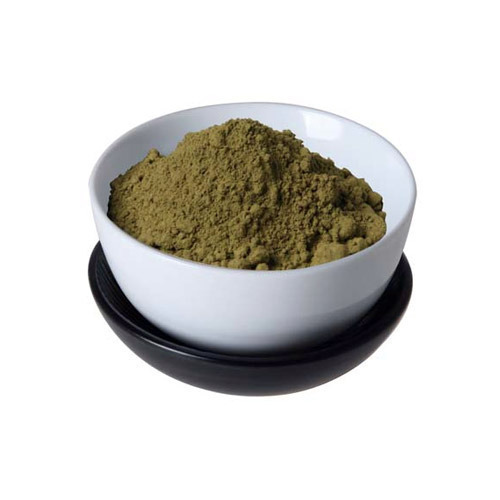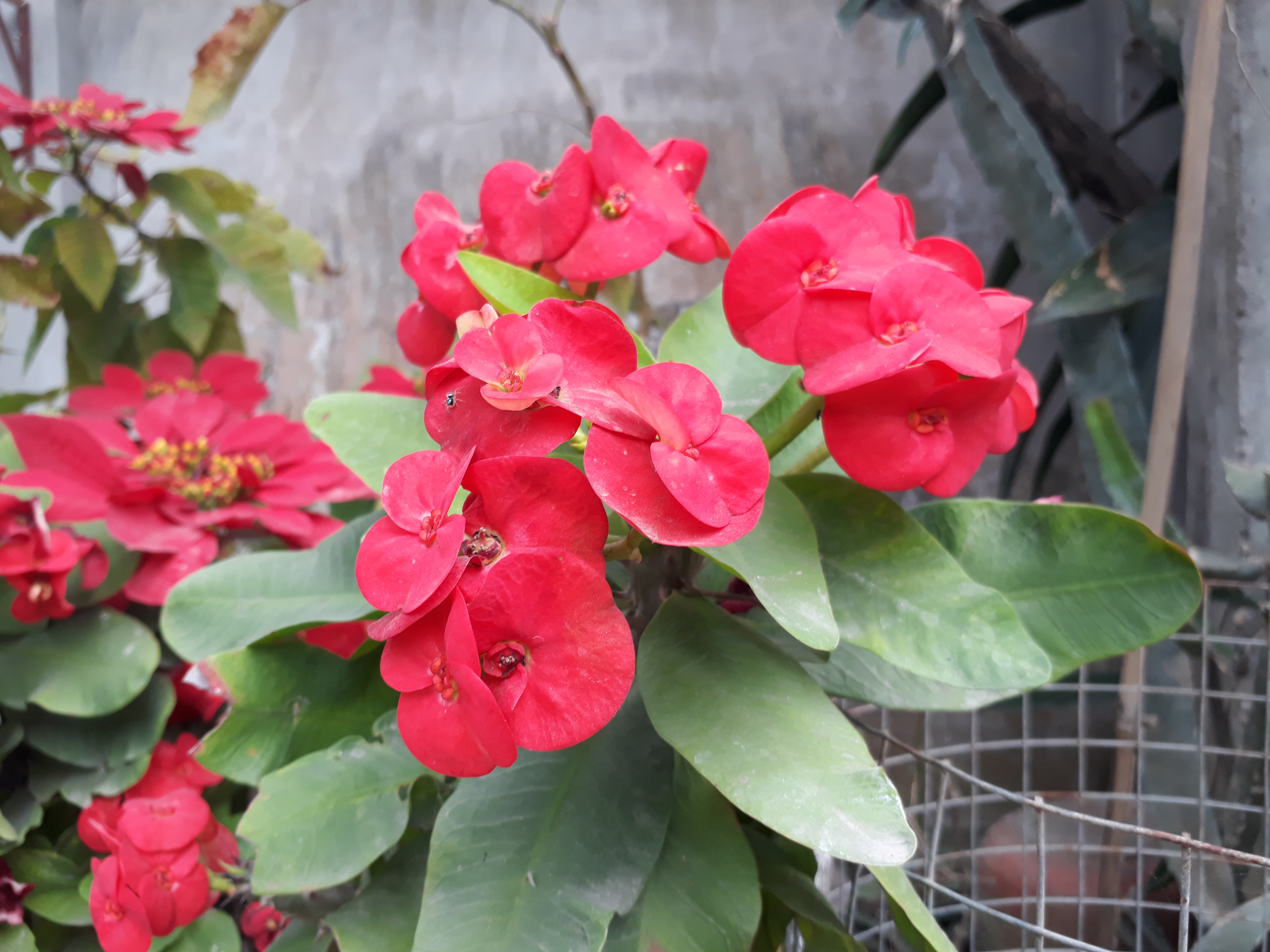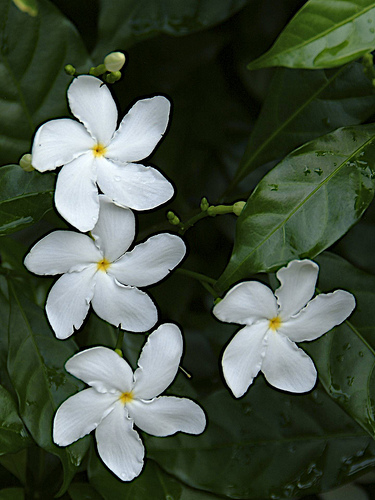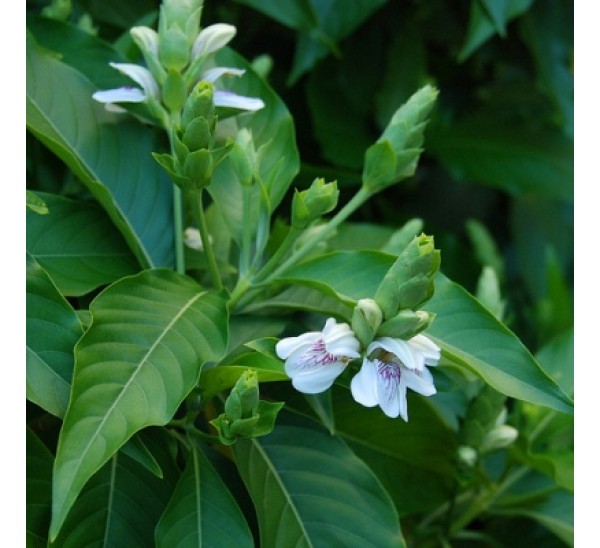Title:Botanical Name:Lawsonia inermis,Mehndi(Nepal)
Purpose:
It is Aromatic, antifungal, anti-bacterial, coolant and astringent.
Leaves paste is applied as a prophylactic against skin diseases. The paste of leaves is used in headache, joint pain, sleeplessness, diarrhea, jaundice, heart diseases, fever and burning sensation in feet. Powder is used on boils and burns. Decoction of leaves, if gargle, is useful in sore throat. It is natural hair dye.
Target:-
Web diary:
Part Used:
Flowers, Powdered Leaves, Fruit
Henna is mainly used as a coloring agent. It is mixed with other natural dyes and is largely used as hair dye and even for textiles. The oil obtained from its flowers is used in perfumery.
uploaded by Arya K.C. at FB 2018 August 15
link from nepa




